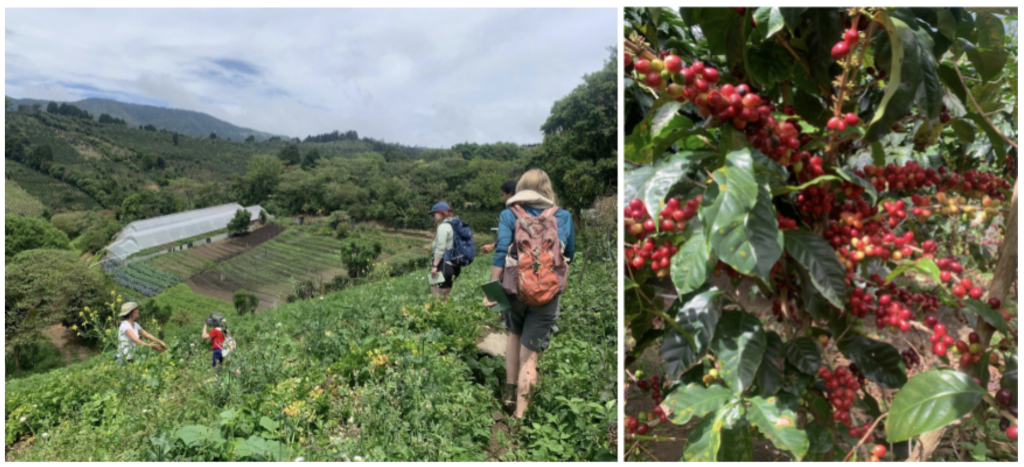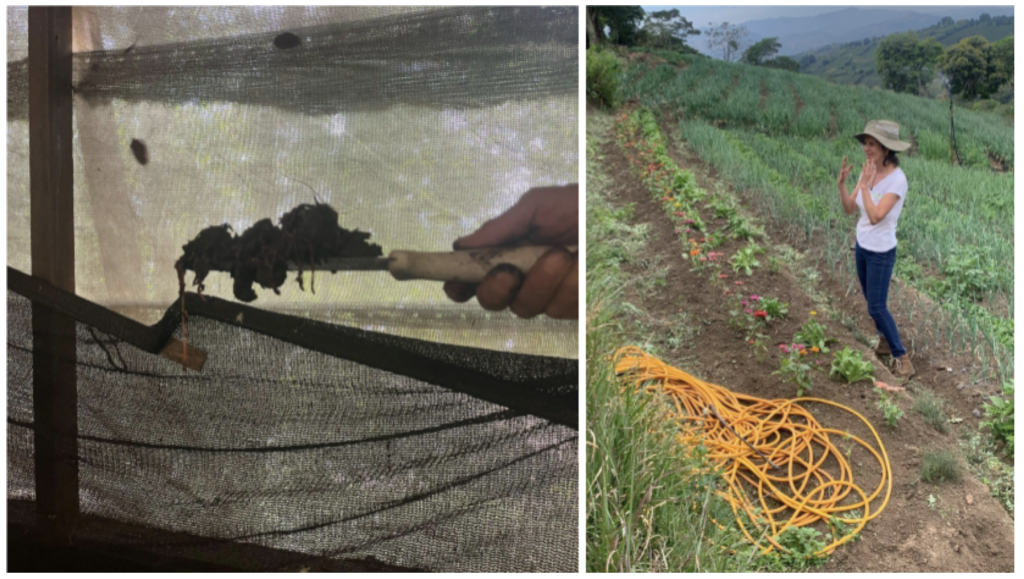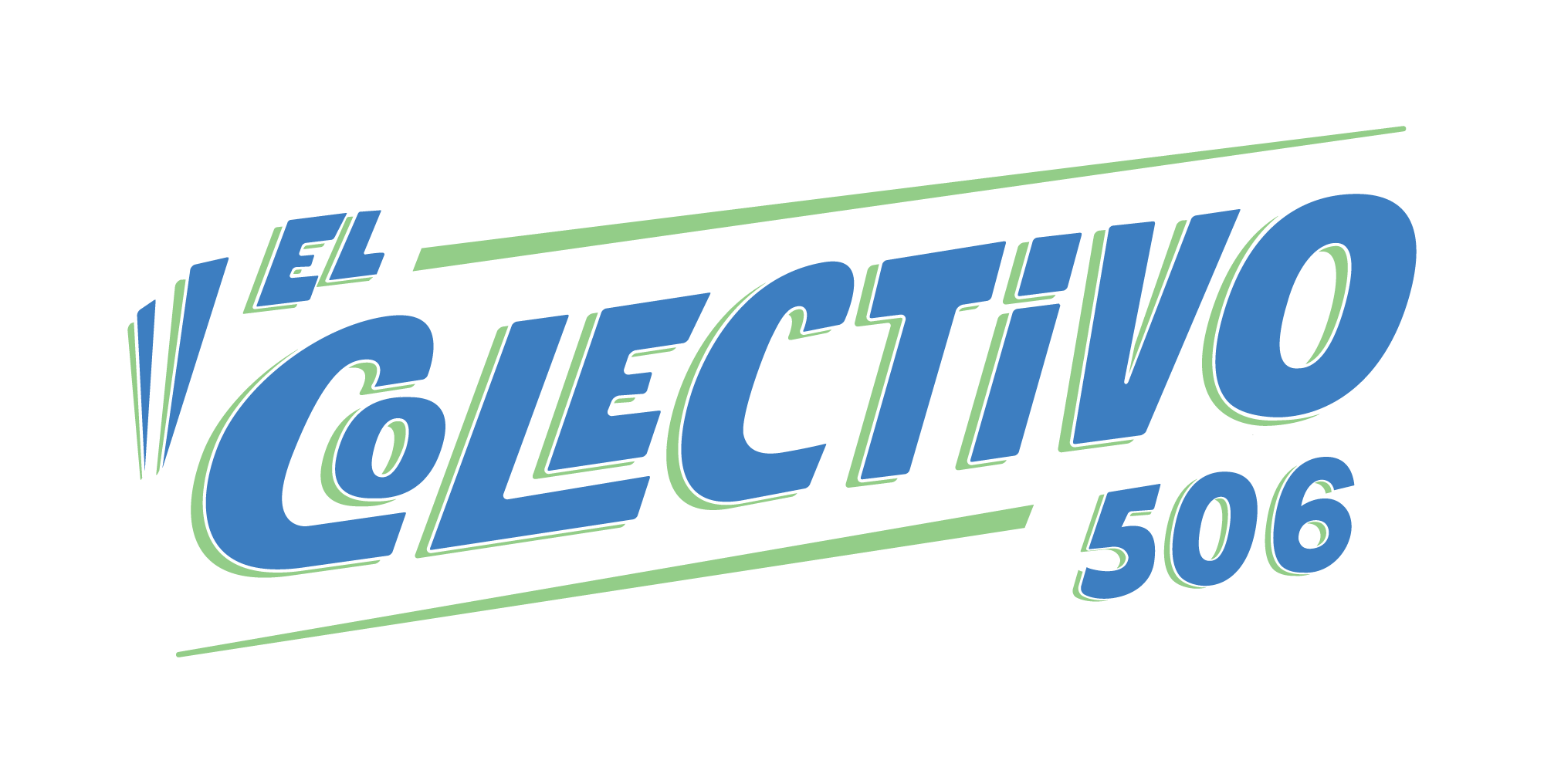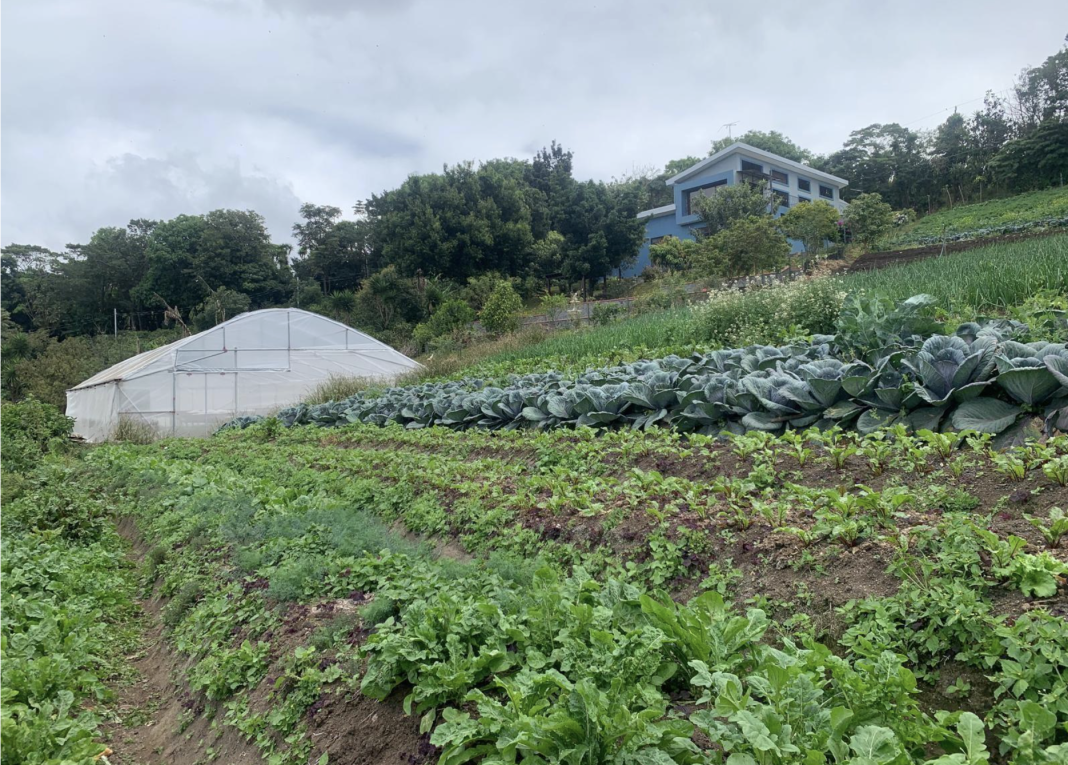Costa Rica has a rich agricultural history, from cattle ranching and dairy production to pineapple and banana plantations, and luxury goods such as coffee and cacao. However, this rich history comes at a significant cost. Despite its reputation as a green and sustainable country, Costa Rica has one of the highest per capita uses of agrochemicals in Latin America, supported by data from the Food and Agriculture Organization of the United Nations; agrochemical usage in Costa Rica is eight times higher than in other Latin American countries.
This has serious environmental and health implications. The excessive use of agrochemicals puts farm workers at risk of life-threatening illnesses from repeated exposures. From these farms, traces of toxins enter local ecosystems, with chemical runoff contaminating local waterways, food chains, and people’s dinner plates.
In addition, like many other countries, Costa Rica struggles with food distribution and is not self-sufficient in its food production, relying significantly on imports. Costa Rica’s Gini index, a measure of income inequality, was 0.49% in 2024, with rural communities bearing the brunt of inequities. This creates further environmental and social issues, including increasing carbon emissions from exports and worsening food inequality and insecurity in rural areas.
A farm rises to the challenge
Finca Orgánica San Luis, located in Grecia, Alajuela, is an all-organic and family run farm, challenging the narrative that organic farming can’t be productive. The farm grows a wide range of vegetables and fruits, from coffee to cabbages, with a diversified business model selling produce, seeds, and providing educational tours.
Felicia Rodriguez, one of the primary owners of the farm, uses a range of naturalized and native plants and herbs to produce her chemical-free anti-pest solutions consisting of mint, epazote, zorrillo, güitite, and more. By chopping, boiling, creating infusions, and then letting mixtures ferment, Felicia creates spray solutions that are completely agro-chemical free.

The farm is also challenging our concept of what a pest is. Felicia says that an organism is only a pest when production is damaged by more than 20%. Too often, what we consider to be a pest is actually an integral member of the ecosystem, which is why the farm doesn’t plant only for people. Extra plants for “pests” and pollinators are scattered all across the property. The farm also employs organic fertilizers by vermicomposting. This is a composting process in which food scraps are saved and broken down by red wiggler worms, turning scraps into nitrogen-rich compost for garden beds.
The success of this approach is evident in the soil’s pH—an indicator of soil quality and health—which has gone from an acidic pH of 4.2 to a neutral pH of 7.7 over 10 years due to the buildup rich of organic material. In most areas of the farm, organic material now accounts for 10% of the soil composition.
Remaining challenges
Despite the great success of the farm, balancing food production for everyone remains a challenge. Finca Orgánica San Luis has experienced major losses of crops from insects overtaking plants, or other animals like raccoons digging up entire crops. Felicia also says that the farm is successful largely because it is a family-run operation, with more hands and diversified farm incomes to support the business in case they face challenges. It is also a labor-intensive model, with weeding, harvesting, and maintenance all being done by hand. On the positive side, this creates more local jobs.
Having a certified organic farm also means certain crops must be forgone, because Costa Rica’s State Plant Health Service (Servicio Fitosanitario del Estado, or SFE) maintains an approved list of plants that can be certified organic. This organic certification is also difficult to obtain for many small-scale farmers, because of the costs involved. Finca San Luis is part of a participatory organic certification model, Participaría—a shared group certification process with other farmers—that help reduce the time and resources that each farmer must invest in order to obtain the organic certification. Government regulation is also stricter and more intense in organic farming compared to chemical farming, posing further challenges for small farms that wish to to make the switch to organic.

Running an organic farm requires deep knowledge of the landscape, including elevation, precipitation, and soil health, as well as comprehensive knowledge of the complex networks of ecological interactions involved. Adaptability and flexibility is key. Felicia says that Finca San Luis faces increased challenges during the rainy season (May-November) because there are more pests and less production, which is why the farm has transitioned to prioritizing the use of its greenhouse during this season. In the dry season, the farm is able to produce a greater variety of crops, and more of them.
Rotation of crops is also important so that soils remain healthy: planting the same crop repeatedly in the same spot can deplete important nutrients, throwing off the ecological balance. Another insight for Costa Rican farms to consider, especially in mountainous regions, is elevation and slope. Finca San Luis is positioned on a steep slope, meaning that erosion rates are high. By incorporating crops with deep roots, Felicia has been able to better stabilize soils and improve growing conditions for crops.
Finally, Finca San Luis grows a majority of its crops from seeds grown on the farm, a crucial aspect of food safety and sovereignty for local farms and the local communities they serve.
This small, family-run farm shows the potential and importance of empowering more farmers in Costa Rica to grow food in a safe, ecologically conscious manner for their local communities, ensuring the health and well-being of all Ticos. By working with ecological systems rather than against them, Finca San Luis demonstrates that going all-organic is possible. Felicia says that though the farm has faced many challenges, it was worth it to make the switch: “You can’t eat money! We have to think of the next generation.”







Excellent article!